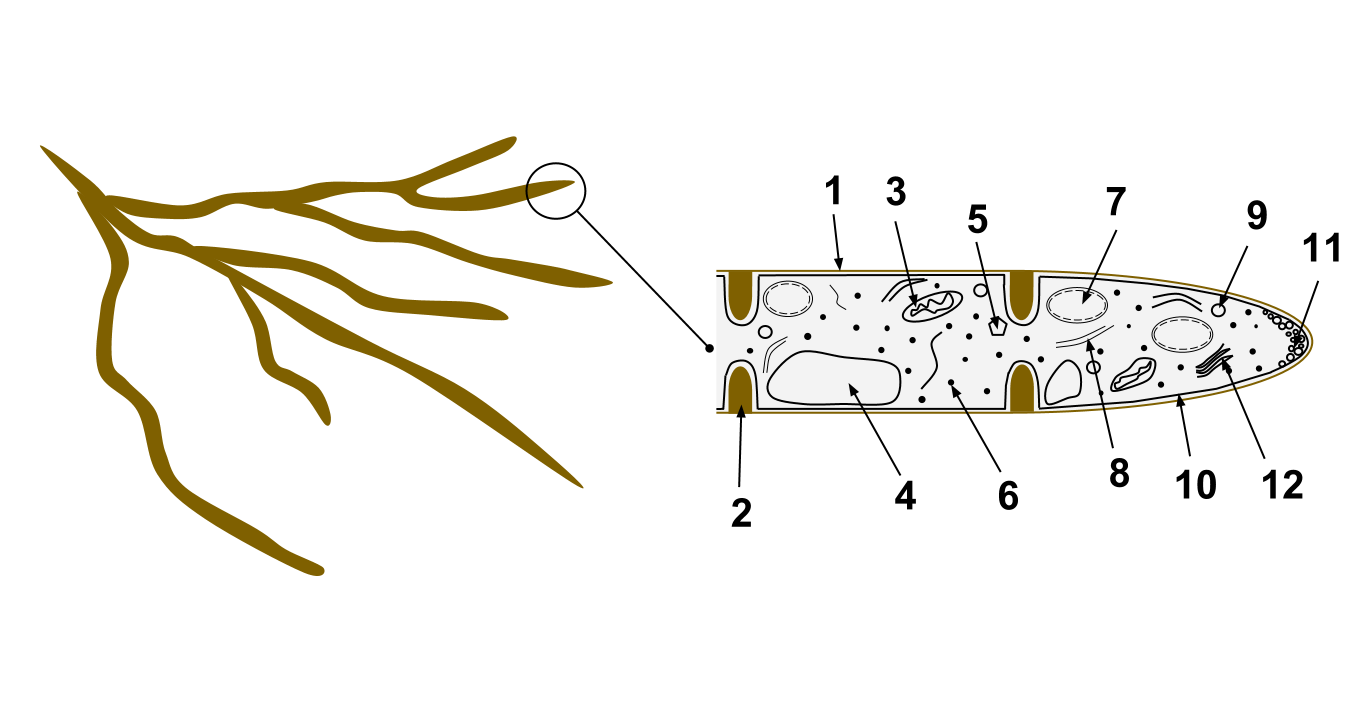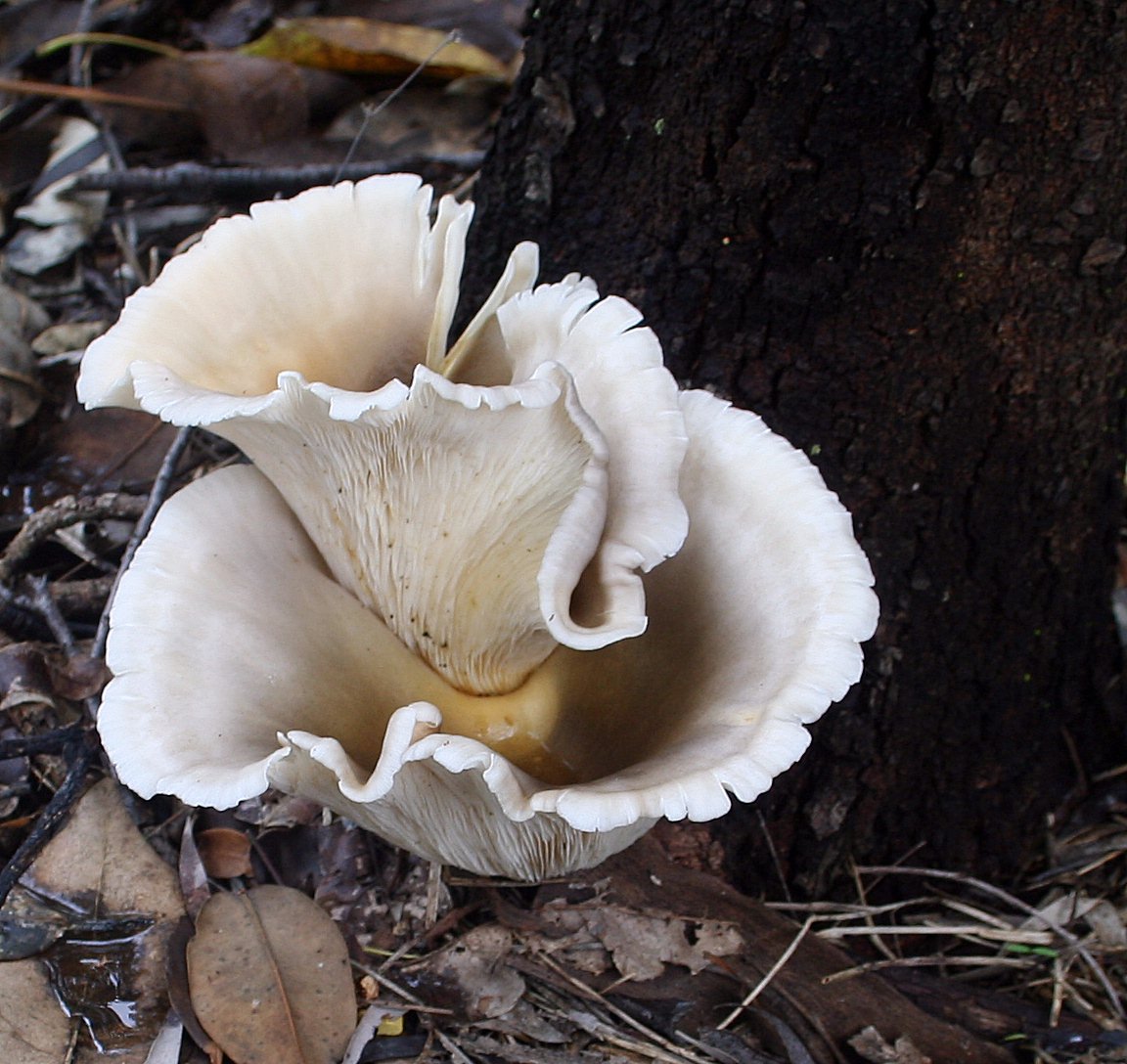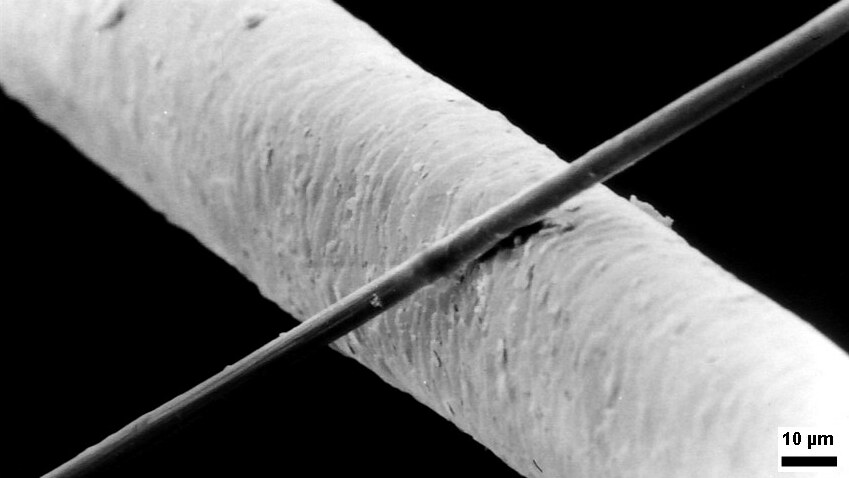|
Sarcodon Thwaitesii
''Sarcodon thwaitesii'' is a species of tooth fungus in the family Bankeraceae. It is found in Asia, Europe, and New Zealand, where it fruits on the ground in mixed forest. Taxonomy The fungus was first described in 1873 by Miles Berkeley and Christopher Edmund Broome as ''Hydnum thwaitesii'', from collections made in Sri Lanka. Paul Christoph Hennings moved it to the now-defunct genus ''Phaeodon'' in 1898. Dutch mycologist Rudolph Arnold Maas Geesteranus transferred it to the genus ''Sarcodon'' in 1964, noting "To judge from the hyphal structure and the spore characters, this is a true ''Sarcodon''". Gordon Herriot Cunningham's species ''Hydnum carbonarium'', described from New Zealand in 1958, is a synonym of ''S. thwaitesii''. The specific epithet ''thwaitesii'' honors English botanist and entomologist George Henry Kendrick Thwaites, who was superintendent of the botanical gardens at Peradeniya, Sri Lanka. Maas Geesteranus placed ''S. thwaitesii'' in the sect ... [...More Info...] [...Related Items...] OR: [Wikipedia] [Google] [Baidu] |
Berk
{{disambiguation ...
Berk may refer to: * Berk (name), a surname, given name, or any of several people with that name * Berk, Bolu, Turkey, a village * Berk Trade and Business School, New York City * Berk, a fictional island in the ''How to Train Your Dragon'' series of books and films * , a torpedo cruiser of the Ottoman Navy later renamed ''Berk'' * Berk, rhyming slang often used to mean "foolish person" * ''Berk.'', taxonomic author abbreviation of Miles Joseph Berkeley (1803–1889), English cryptogamist and founder of the science of plant pathology See also * Berk–Tabatznik syndrome, a medical condition * De Berk (other) * Berks (other) * Birk (other) Birk may refer to: * Birk (market place), a demarcated area with its own laws and privileges, the Bjarkey laws * Reykjavík Airport's ICAO code "BIRK" * Birk (name), a given name and surname * ''Birk'', the German name for Petelea Commune, Mureș ... [...More Info...] [...Related Items...] OR: [Wikipedia] [Google] [Baidu] |
Royal Botanical Gardens, Peradeniya
Royal Botanic Gardens, Peradeniya are about 5.5 km to the west of the city of Kandy in the Central Province of Sri Lanka. In 2016, the garden was visited by 1.2 million locals and 400,000 foreign visitors. It is near the Mahaweli River (The longest river in Sri Lanka). It is renowned for its collection of orchids. The garden includes more than 4000 species of plants, including orchids, spices, medicinal plants and palm trees.Royal Botanic Gardens Peradeniya Official Guide Map 2013 Attached to it is the " National Herbarium of Sri Lanka". The total area of the botanical garden is , at 460 meters above sea level, and with a 200-day annual rainfall. It is managed by the Division of National Botanic Gardens of the Department of national botanic gardens. History The origins of the Botanic Gardens date as far back as 1371 when King Wickramabahu III ascended the throne and kept court at Peradeniya near the Mahaweli river. This was followed by King Kirti Sri and King Rajadhi Raja ... [...More Info...] [...Related Items...] OR: [Wikipedia] [Google] [Baidu] |
Fungi Of Asia
A fungus ( : fungi or funguses) is any member of the group of eukaryotic organisms that includes microorganisms such as yeasts and molds, as well as the more familiar mushrooms. These organisms are classified as a kingdom, separately from the other eukaryotic kingdoms, which by one traditional classification include Plantae, Animalia, Protozoa, and Chromista. A characteristic that places fungi in a different kingdom from plants, bacteria, and some protists is chitin in their cell walls. Fungi, like animals, are heterotrophs; they acquire their food by absorbing dissolved molecules, typically by secreting digestive enzymes into their environment. Fungi do not photosynthesize. Growth is their means of mobility, except for spores (a few of which are flagellated), which may travel through the air or water. Fungi are the principal decomposers in ecological systems. These and other differences place fungi in a single group of related organisms, named the ''Eumycota'' (''true f ... [...More Info...] [...Related Items...] OR: [Wikipedia] [Google] [Baidu] |
Fungi Described In 1873
A fungus ( : fungi or funguses) is any member of the group of eukaryotic organisms that includes microorganisms such as yeasts and molds, as well as the more familiar mushrooms. These organisms are classified as a kingdom, separately from the other eukaryotic kingdoms, which by one traditional classification include Plantae, Animalia, Protozoa, and Chromista. A characteristic that places fungi in a different kingdom from plants, bacteria, and some protists is chitin in their cell walls. Fungi, like animals, are heterotrophs; they acquire their food by absorbing dissolved molecules, typically by secreting digestive enzymes into their environment. Fungi do not photosynthesize. Growth is their means of mobility, except for spores (a few of which are flagellated), which may travel through the air or water. Fungi are the principal decomposers in ecological systems. These and other differences place fungi in a single group of related organisms, named the ''Eumycota'' (''true fungi' ... [...More Info...] [...Related Items...] OR: [Wikipedia] [Google] [Baidu] |
Micrometre
The micrometre ( international spelling as used by the International Bureau of Weights and Measures; SI symbol: μm) or micrometer ( American spelling), also commonly known as a micron, is a unit of length in the International System of Units (SI) equalling (SI standard prefix " micro-" = ); that is, one millionth of a metre (or one thousandth of a millimetre, , or about ). The nearest smaller common SI unit is the nanometre, equivalent to one thousandth of a micrometre, one millionth of a millimetre or one billionth of a metre (). The micrometre is a common unit of measurement for wavelengths of infrared radiation as well as sizes of biological cells and bacteria, and for grading wool by the diameter of the fibres. The width of a single human hair ranges from approximately 20 to . The longest human chromosome, chromosome 1, is approximately in length. Examples Between 1 μm and 10 μm: * 1–10 μm – length of a typical bacterium * 3–8 μm � ... [...More Info...] [...Related Items...] OR: [Wikipedia] [Google] [Baidu] |
Spore Print
300px, Making a spore print of the mushroom ''Volvariella volvacea'' shown in composite: (photo lower half) mushroom cap laid on white and dark paper; (photo upper half) cap removed after 24 hours showing pinkish-tan spore print. A 3.5-centimeter glass slide placed in middle allows for examination of spore characteristics under a microscope. image:spore Print ID.gif, 300px, A printable chart to make a spore print and start identification The spore print is the powdery deposit obtained by allowing spores of a fungal sporocarp (fungi), fruit body to fall onto a surface underneath. It is an important diagnostic character in most handbooks for identifying mushrooms. It shows the colour of the mushroom spores if viewed en masse. Method A spore print is made by placing the spore-producing surface flat on a sheet of dark and white paper or on a sheet of clear, stiff plastic, which facilitates moving the spore print to a darker or lighter surface for improved contrast; for example, i ... [...More Info...] [...Related Items...] OR: [Wikipedia] [Google] [Baidu] |
Basidiospore
A basidiospore is a reproductive spore produced by Basidiomycete fungi, a grouping that includes mushrooms, shelf fungi, rusts, and smuts. Basidiospores typically each contain one haploid nucleus that is the product of meiosis, and they are produced by specialized fungal cells called basidia. Typically, four basidiospores develop on appendages from each basidium, of which two are of one strain and the other two of its opposite strain. In gills under a cap of one common species, there exist millions of basidia. Some gilled mushrooms in the order Agaricales have the ability to release billions of spores. The puffball fungus '' Calvatia gigantea'' has been calculated to produce about five trillion basidiospores. Most basidiospores are forcibly discharged, and are thus considered ballistospores. These spores serve as the main air dispersal units for the fungi. The spores are released during periods of high humidity and generally have a night-time or pre-dawn peak concentration ... [...More Info...] [...Related Items...] OR: [Wikipedia] [Google] [Baidu] |
Stipe (mycology)
In mycology, a stipe () is the stem or stalk-like feature supporting the cap of a mushroom. Like all tissues of the mushroom other than the hymenium, the stipe is composed of sterile hyphal tissue. In many instances, however, the fertile hymenium extends down the stipe some distance. Fungi that have stipes are said to be stipitate. The evolutionary benefit of a stipe is generally considered to be in mediating spore dispersal. An elevated mushroom will more easily release its spores into wind currents or onto passing animals. Nevertheless, many mushrooms do not have stipes, including cup fungi, puffballs, earthstars, some polypores, jelly fungi, ergots, and smuts. It is often the case that features of the stipe are required to make a positive identification of a mushroom. Such distinguishing characters include: # the texture of the stipe (fibrous, brittle, chalky, leathery, firm, etc.) # whether it has remains of a partial veil (such as an annulus or cortina) or unive ... [...More Info...] [...Related Items...] OR: [Wikipedia] [Google] [Baidu] |
Pileus (mycology)
The pileus is the technical name for the cap, or cap-like part, of a basidiocarp or ascocarp ( fungal fruiting body) that supports a spore-bearing surface, the hymenium.Moore-Landecker, E: "Fundamentals of the Fungi", page 560. Prentice Hall, 1972. The hymenium ( hymenophore) may consist of lamellae, tubes, or teeth, on the underside of the pileus. A pileus is characteristic of agarics, boletes, some polypores, tooth fungi, and some ascomycetes. Classification Pilei can be formed in various shapes, and the shapes can change over the course of the developmental cycle of a fungus. The most familiar pileus shape is hemispherical or ''convex.'' Convex pilei often continue to expand as they mature until they become flat. Many well-known species have a convex pileus, including the button mushroom, various '' Amanita'' species and boletes. Some, such as the parasol mushroom, have distinct bosses or umbos and are described as '' umbonate''. An umbo is a knobby protrusion at th ... [...More Info...] [...Related Items...] OR: [Wikipedia] [Google] [Baidu] |
Basidiocarp
In fungi, a basidiocarp, basidiome, or basidioma () is the sporocarp of a basidiomycete, the multicellular structure on which the spore-producing hymenium is borne. Basidiocarps are characteristic of the hymenomycetes; rusts and smuts do not produce such structures. As with other sporocarps, epigeous (above-ground) basidiocarps that are visible to the naked eye (especially those with a more or less agaricoid morphology) are commonly referred to as mushrooms, while hypogeous (underground) basidiocarps are usually called false truffles. Structure All basidiocarps serve as the structure on which the hymenium is produced. Basidia are found on the surface of the hymenium, and the basidia ultimately produce spores. In its simplest form, a basidiocarp consists of an undifferentiated fruiting structure with a hymenium on the surface; such a structure is characteristic of many simple jelly and club fungi. In more complex basidiocarps, there is differentiation into a stipe, a ... [...More Info...] [...Related Items...] OR: [Wikipedia] [Google] [Baidu] |
Trama (mycology)
In mycology, the term trama is used in two ways. In the broad sense, it is the inner, fleshy portion of a mushroom's basidiocarp, or fruit body. It is distinct from the outer layer of tissue, known as the pileipellis or cuticle, and from the spore-bearing tissue layer known as the hymenium. In essence, the trama is the tissue that is commonly referred to as the "flesh" of mushrooms and similar fungi.Largent D, Johnson D, Watling R. 1977. ''How to Identify Mushrooms to Genus III: Microscopic Features''. Arcata, CA: Mad River Press. . pp. 60–70. The second use is more specific, and refers to the "hymenophoral trama" that supports the hymenium. It is similarly interior, connective tissue, but it is more specifically the central layer of hyphae running from the underside of the mushroom cap to the lamella or gill, upon which the hymenium rests. Various types have been classified by their structure, including trametoid, cantharelloid, boletoid, and agaricoid, with agaricoid t ... [...More Info...] [...Related Items...] OR: [Wikipedia] [Google] [Baidu] |
Sarcodon Conchyliatus
''Sarcodon conchyliatus'' is a species of tooth fungus in the family Bankeraceae. Found in Malaysia, it was described as new to science in 1971 by Dutch mycologist Rudolph Arnold Maas Geesteranus. The fruit bodies have finely tomentose caps that are dull ochraceous, greyish or brownish, and typically have drab to purplish tinges. The spines on the cap underside are not decurrent on the stipe. Maas Geesteranus placed the fungus in the section ''Virescentes'', along with '' S. atroviridis'' and '' S. thwaitesii'', all species with flesh Flesh is any aggregation of soft tissues of an organism. Various multicellular organisms have soft tissues that may be called "flesh". In mammals, including humans, ''flesh'' encompasses muscles, fats and other loose connective tissues, but ... that dries to a deep olive green color. References External links * Fungi described in 1971 Fungi of Asia conchyliatus {{Agaricomycetes-stub ... [...More Info...] [...Related Items...] OR: [Wikipedia] [Google] [Baidu] |




